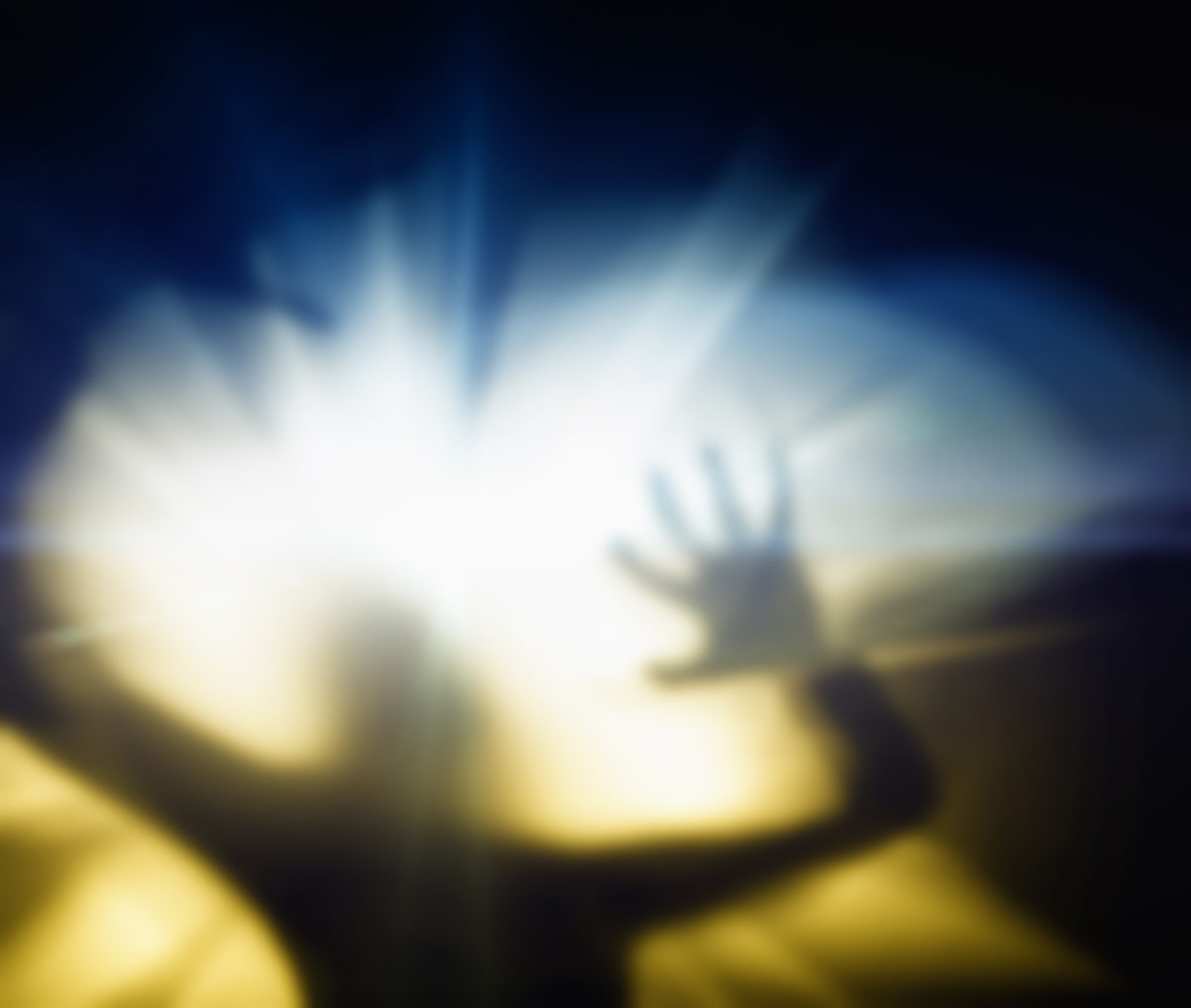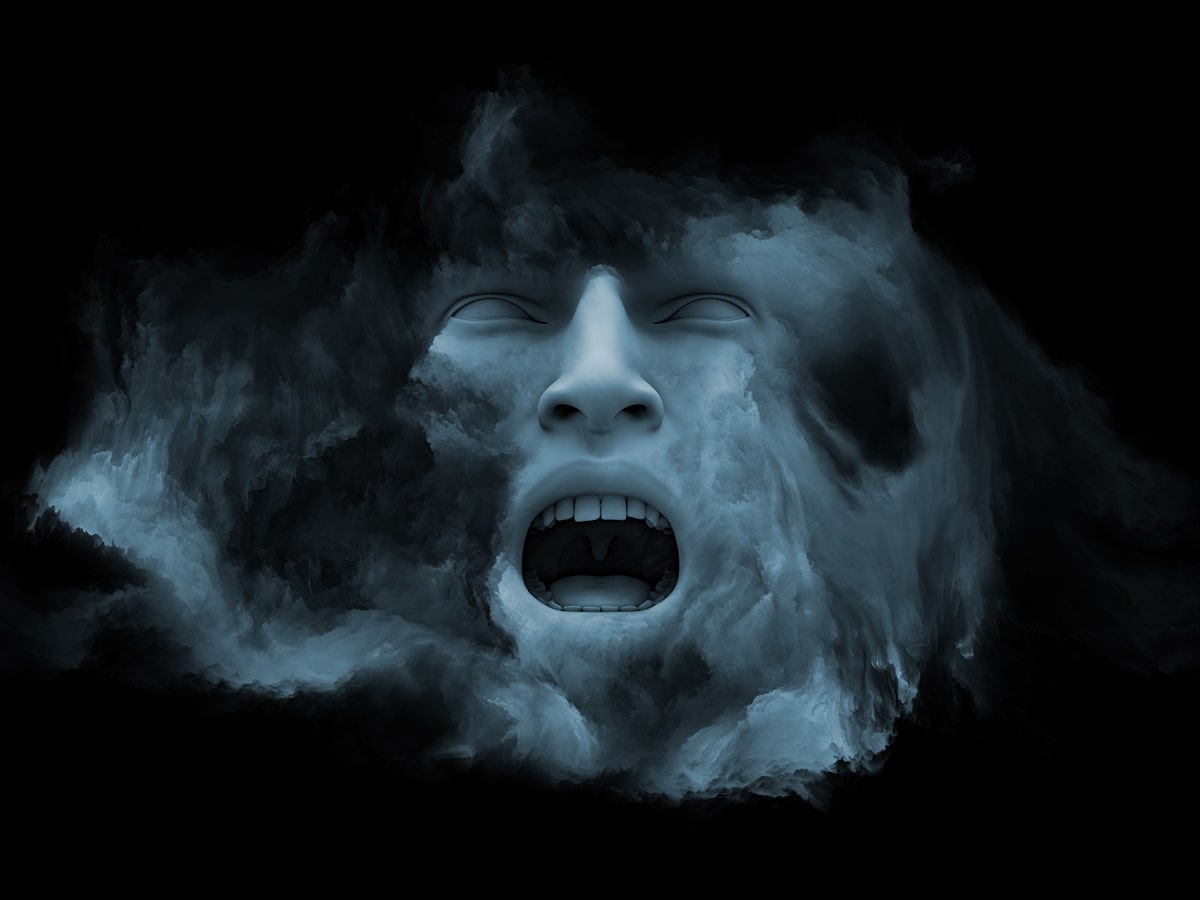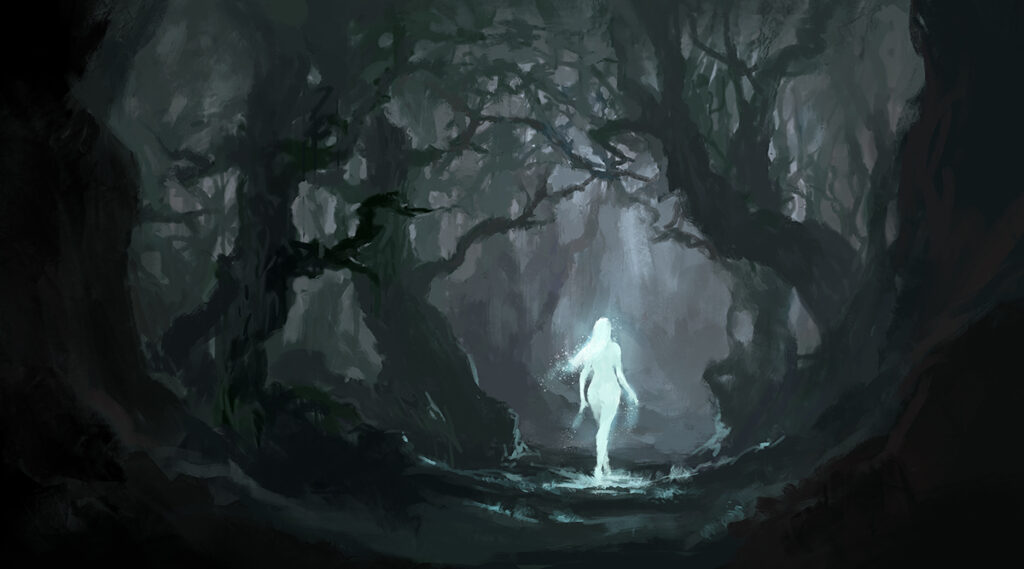Dreams can be very creepy – and the fact that you are paralyzed and unable to act during most of your sleep creeps most people out.
In this article we have gathered some of the creepiest facts abour our dreams.
17 Very Creepy Facts About Our Dreams

- Dreams about teeth falling out may be related to dental issues like bruxism.
- Many dreams are strange because the part of the brain responsible for making sense of things shuts down during dreaming.
- Sleep talking often includes swearing, according to a 2017 study.
- Blind people can still see images in dreams, despite their lack of visual perception.
- Recurring dreams in children often involve confrontations with animals or monsters, physical aggressions, falling, or being chased.
- Negative dreams are more prevalent than positive ones.
- You may learn to control your dreams using techniques for lucid dreaming.
- Hypnic jerks are strong, sudden jolts or falling sensations that occur as you’re falling asleep.
- Hypnic jerks may be the cause of dreams about falling, a common dream theme.
- The average person spends 6 years of their life dreaming.
- Some believe dreams can predict the future, but there’s insufficient evidence to prove it.
- You can only dream about faces you’ve already seen. You typically dream about faces you’ve seen in person or on TV.
- People over 10 years old have at least four to six dreams every night.
- People forget 95 to 99 percent of their dreams.
- Within five minutes of waking up, 50% of your dream is forgotten.
- 12% of people dream in black and white.
- The majority of dreams are mainly visual, with little sound or movement.
You are paralyzed during REM sleep

You become physically paralyzed during Rapid Eye Movement (REM) sleep, which is when the most vivid dreams occur. During REM sleep, most of your muscles become paralyzed to prevent you from acting out your dreams.
REM sleep occurs every 90-120 minutes of sleep, with each succeeding REM period becoming longer and longer. This explains why you may recall dreaming on weekends when you may sleep in longer and awaken from this stage of sleep
Facts About Hypnic jerks
- Hypnic jerks are involuntary muscle contractions that occur as you fall asleep.
- These jerks typically affect one side of the body, such as the left arm and left leg.
- Hypnic jerks are a type of myoclonus, which includes rapid, involuntary muscle movements.
- People may experience sensations like falling, flashing lights, or hearing sounds during a hypnic jerk.
- Hypnic jerks are usually painless, but some individuals may report a tingling or painful sensation.
- They can range from mild to strong enough to disrupt the process of falling asleep.
- Hypnic jerks are more common among adults and can be triggered by factors like caffeine consumption, exercise before sleep, emotional stress, and sleep
- deprivation.
- Excessive caffeine or nicotine consumption close to bedtime can increase the likelihood of hypnic jerks.
- Vigorous exercise late in the evening may also lead to hypnic jerks.
- Stress and anxiety, along with sleep deprivation, can contribute to experiencing hypnic jerks.
Sleep paralysis
Sleep paralysis is a transient muscle control loss that occurs shortly after falling asleep or before waking up, often accompanied by hallucinations or a sense of suffocation. Its exact cause remains unknown but is associated with sleep disorders and specific mental health conditions.
Sleep paralysis affects approximately 8 percent of the general population.
Facts About Nightmares

- Nightmares are bad dreams that wake you up.
- Nightmares occur more frequently during rapid eye movement (REM) sleep.
- Nightmares are most common in the last third of the night.
- Frequent nightmares that interfere with daily functioning, mood, or sleep may indicate a parasomnia sleep disorder called nightmare disorder.
- Grief dreams about deceased loved ones are more frequent during the holidays.
- Women experience more nightmares than men during their teen and adult years.
- Nightmares are vivid dreams that may be threatening, upsetting, bizarre, or bothersome.
- Nightmares typically occur more often during the second half of the night when there is more REM sleep.
- Nightmares can lead to physical symptoms like changes in heart rate and sweating upon waking up.
- Nightmares are different from sleep terrors, which occur during non-REM sleep.
- The reasons for having nightmares are still debated in sleep medicine and neuroscience.
- Factors like stress, mental health conditions, and genetic predisposition can contribute to a higher risk of nightmares.
- Certain medications, like antidepressants and narcotics, may increase the frequency of nightmares.
- Nightmares typically start between ages 3 and 6 and decrease after age 10.
- Eating before bed can increase the likelihood of nightmares due to increased metabolism.
- Recurring distressing nightmares may indicate nightmare disorder.
- Dream content can reflect your emotions, such as negative dreams about a lost loved one during post-traumatic experiences.
- Night terrors involve intense fear, screaming, and sometimes physical activity during sleep.
- Nearly 40 percent of children experience night terrors, but most outgrow them by their teens.
- Approximately 3 percent of adults experience night terrors.
- Negative emotions like confusion, disgust, sadness, and guilt are more common triggers for nightmares than fear.
- The exact cause of nightmares is unknown, but emotional processing may be involved.
You can read more facts about nightmares here and general facts about dreams here.





